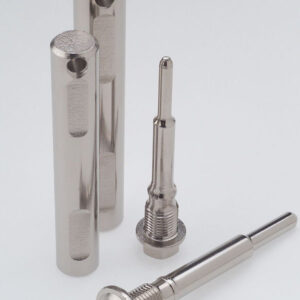Metal Plating Services
Plating is a surface covering in which a metal is deposited on a conductive surface.
Why Choose Metal Plating Services for Die Casting Parts?
What are the benefits of metal plating?
The plating process is a manufacturing process in which a thin layer of metal coats a substrate. Metal plating provides many benefits to products made from metal and other materials. This is mostly achieved through electroplating, which requires an electric current, or through electroless plating, which is in autocatalytic chemical process.
What are the benefits of metal plating?
1. Corrosion Resistance – Metallic corrosion impacts nearly all die casting metal parts. The effective way of reducing corrosion is to coat sensitive surfaces with a layering of a less reactive metal.
2. Heat Resistance – Metals like silver have an extremely high tolerance to heat. This makes these metals excellent candidates for the automobile and aviation industries.
3. Increased Strength and Hardness – Many metals are more malleable and soft in terms of composition. Metal plating with nickel or chrome may improve durability and overall resistance to damage.
4.Conduction – Ever metal has its purposes, as a result using metals for their hardness, others for their ductility, or their resistance to corrosion is normal. Many metals posses conductive properties. Conductive metals are incredibly helpful in making the electronics, aeronautic, automobile, and communications industries.
5. Aesthetic Purposes – Plating and metal finishing your antiques is a great way to finally incorporate them into your living space. They will retain their classic character and continue to be a center of conversation, but with a new finish they will gain a modern edge.
It is important to know which metal you need to be using for what project.
Why choose our metal plating services
To guarantee that some properties or performance of precision metal parts including die casting parts and CNC machined parts, it is necessary for precision metal parts to accept the metal plating processing. We are capable of supply various types of metal plating services including: gold plating, silver plating, copper plating, rhodium plating, chrome plating, zinc plating, zinc-nickel plating, tin plating, alloy plating, composite plating, cadmium plating, nickel plating, electroless nickel plating and more electroplating surface finishing to meet all of your specific requirements. As a leading manufacturing factory for die casting parts, plastic injection molding and mold making, we can supply the most affordable and reliable custom electroplating services and any other surface finishing services to customers in different industries, such as aerospace, communication, security lock, automotive, electrical, medical. Our services for custom metal plating can help you find the one-stop solution of surface finishing for your new project at best quality and lowest cost.
Our advantages of metal plating?
1. Cost-effective solution for specific requests with customized metal plating services.
2. Offerring a most wide selections of custom metal plaing services.
3. Leading to the lowest cost while achieving the required functional characteristics.
4. Much more experiences in the metal plating process of custom die casting parts than other vendors
5. multiple choices for the thickness and colors of various plating layers.
Why Choose Our Metal Plating Services
Custom Metal Plating Services Options
- Gold Plating
- Silver Plating
- Copper Plating
- Rhodium Plating
- Chrome Plating
- Zinc Plating
- Zinc-nickel Plating
- Tin Plating
- Alloy Plating
- Composite Plating
- Cadmium Plating
- Nickel Plating
- Electroless Nickel Plating
Gold plating is a method of depositing a thin layer of gold on the surface of metal, most often copper or silver. Gold plating is often used in electronics, to provide a corrosion-resistant electrically conductive layer on copper, typically in electrical connectors and printed circuit boards. With direct gold-on-copper plating, the copper atoms have the tendency to diffuse through the gold layer, causing tarnishing of its surface and formation of an oxide/sulfide layer. Therefore, a layer of a suitable barrier metal, usually nickel, has to be deposited on the copper substrate, forming a copper-nickel-gold sandwich. Metals may also be coated with gold for ornamental purposes, using a number of different processes usually referred to as gilding.
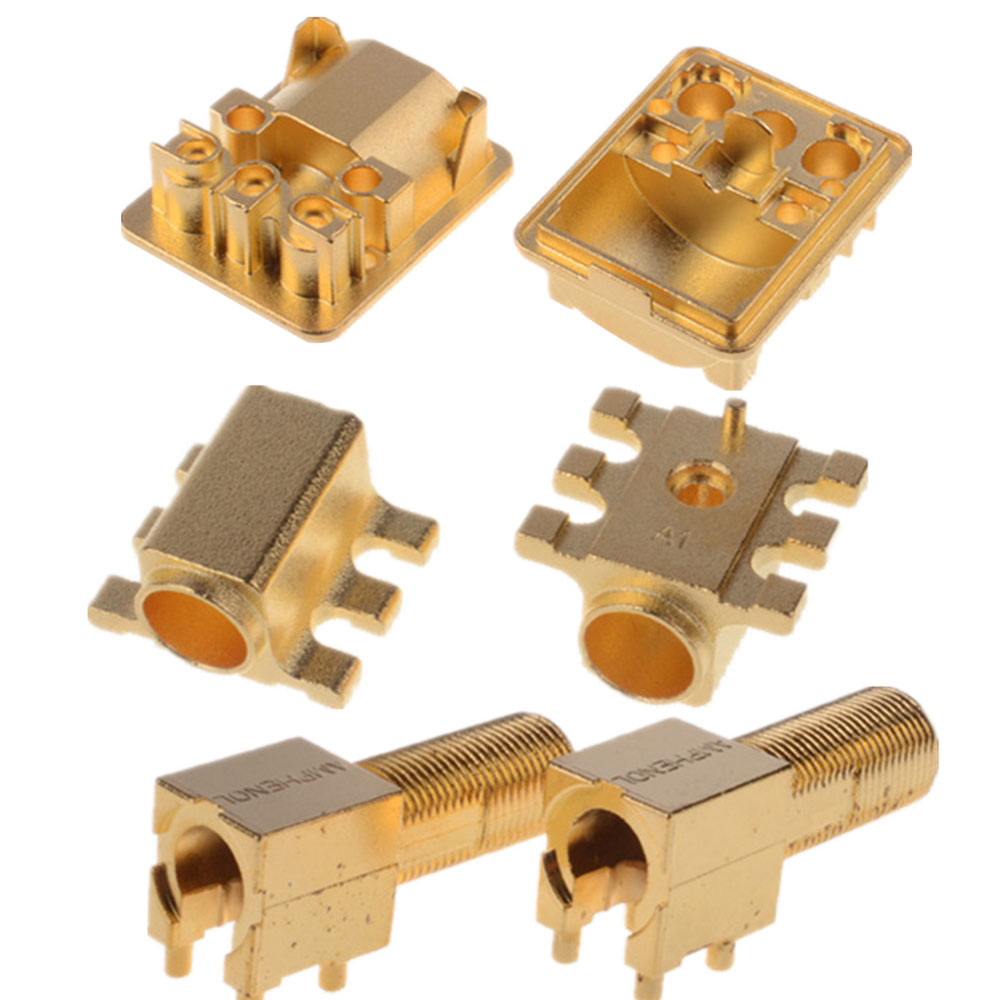
Silver plating is a simple process of coating materials with silver, which is also known as electrolysis.
However, despite its easy-to-understand nature, there are a lot of other essential details you should know about silver plating. You need to understand how the process works, it’s benefits, and where it’s best used, so you’ll know how beneficial this widely used process of plating is for your business.
Silver plating is a process in which other base metals are coated with a layer of silver. The process sounds simple, but it still needs to ensure that the base metal has an even layer of silver to gain that widely known and craved matte-white look.
When the process is performed over nickel silver, the result is usually called electroplated nickel silver.
Besides nickel silver, the process is commonly used on copper, steel, titanium, graphite, ceramic, plastic, and aluminum.
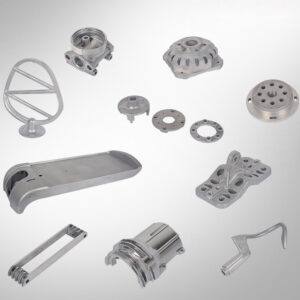
Copper plating is the process of electrolytically forming a layer of copper on the surface of an item. It is commonly used as an even cheaper alternative to silver plating as it is much cheaper than silver.

Rhodium plating is occasionally used on white gold, silver or copper and its alloys. A barrier layer of nickel is usually deposited on silver first, though in this case it is not to prevent migration of silver through rhodium, but to prevent contamination of the rhodium bath with silver and copper, which slightly dissolve in the sulfuric acid usually present in the bath composition.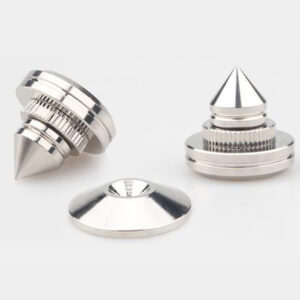
Chrome plating is a finishing treatment using the electrolytic deposition of chromium. The most common form of chrome plating is the thin, decorative bright chrome, which is typically a 10-μm layer over an underlying nickel plate. When plating on iron or steel, an underlying plating of copper allows the nickel to adhere. The pores (tiny holes) in the nickel and chromium layers work to alleviate stress caused by thermal expansion mismatch but also hurt the corrosion resistance of the coating. Corrosion resistance relies on what is called the passivation layer, which is determined by the chemical composition and processing, and is damaged by cracks and pores. In a special case, micropores can help distribute the electrochemical potential that accelerates galvanic corrosion between the layers of nickel and chromium. Depending on the application, coatings of different thicknesses will require different balances of the aforementioned properties. Thin, bright chrome imparts a mirror-like finish to items such as metal furniture frames and automotive trim. Thicker deposits, up to 1000 μm, are called hard chrome and are used in industrial equipment to reduce friction and wear.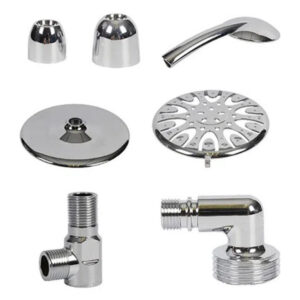
Zinc coatings prevent oxidation of the protected metal by forming a barrier and by acting as a sacrificial anode if this barrier is damaged. Zinc oxide is a fine white dust that (in contrast to iron oxide) does not cause a breakdown of the substrate’s surface integrity as it is formed. Indeed, the zinc oxide, if undisturbed, can act as a barrier to further oxidation, in a way similar to the protection afforded to aluminum and stainless steels by their oxide layers. The majority of hardware parts are zinc-plated, rather than cadmium-plated.
Zinc-nickel plating is one of the best corrosion resistant finishes available offering over 5 times the protection of conventional zinc plating and up to 1,500 hours of neutral salt spray test performance. This plating is a combination of a high-nickel zinc-nickel alloy (10–15% nickel) and some variation of chromate. The most common mixed chromates include hexavalent iridescent, trivalent or black trivalent chromate. Used to protect steel, cast iron, brass, copper, and other materials, this acidic plating is an environmentally safe option.[6] Hexavalent chromate has been classified as a human carcinogen by the EPA and OSHA.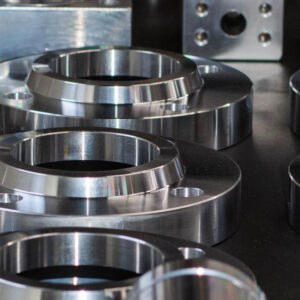
The tin-plating process is used extensively to protect both ferrous and nonferrous surfaces. Tin is a useful metal for the food processing industry since it is non-toxic, ductile and corrosion resistant. The excellent ductility of tin allows a tin coated base metal sheet to be formed into a variety of shapes without damage to the surface tin layer. It provides sacrificial protection for copper, nickel and other non-ferrous metals, but not for steel. Tin is also widely used in the electronics industry because of its ability to protect the base metal from oxidation thus preserving its solderability. In electronic applications, 3% to 7% lead may be added to improve solderability and to prevent the growth of metallic “whiskers” in compression stressed deposits, which would otherwise cause electrical shorting. However, RoHS (Restriction of Hazardous Substances) regulations enacted beginning in 2006 require that no lead be added intentionally and that the maximum percentage not exceed 1%. Some exemptions have been issued to RoHS requirements in critical electronics applications due to failures which are known to have occurred as a result of tin whisker formation.
In some cases, it is desirable to co-deposit two or more metals resulting in an electroplated alloy deposit. Depending on the alloy system, an electroplated alloy may be solid solution strengthened or precipitation hardened by heat treatment to improve the plating’s physical and chemical properties. Nickel-Cobalt is a common electroplated alloy.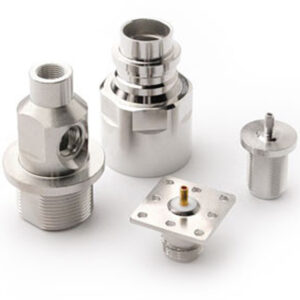
Metal matrix composite plating can be manufactured when a substrate is plated in a bath containing a suspension of ceramic particles. Careful selection of the size and composition of the particles can fine-tune the deposit for wear resistance, high temperature performance, or mechanical strength. Tungsten carbide, silicon carbide, chromium carbide, and aluminum oxide (alumina) are commonly used in composite electroplating.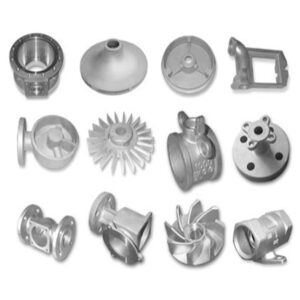
Cadmium plating is under scrutiny because of the environmental toxicity of the cadmium metal. Cadmium plating is widely used in some applications in the aerospace, military, and aviation fields. However, it is being phased out due to its toxicity. Military and Aerospace components manufacturers, such as Amphenol Aerospace, have recently been exploring drop-in electroplating replacements for use with currently fielded equipment in order to support the phaseout of the dangerous finish. Cadmium plating (or cad. plating) offers a long list of technical advantages such as excellent corrosion resistance even at relatively low thickness and in salt atmospheres, softness and malleability, freedom from sticky and/or bulky corrosion products, galvanic compatibility with aluminum, freedom from stick-slip thus allowing reliable torquing of plated threads, can be dyed to many colors and clear, has good lubricity and solderability, and works well either as a final finish or as a paint base. If environmental concerns matter, in most aspects cadmium plating can be directly replaced with gold plating as it shares most of the material properties, but gold is more expensive and cannot serve as a paint base.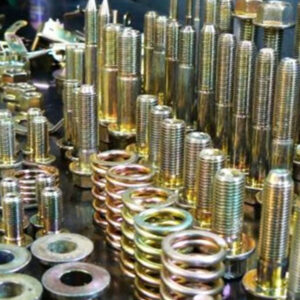
Nickel electroplating is a process of depositing nickel onto a metal part. Parts to be plated must be clean and free of dirt, corrosion, and defects before plating can begin. To clean and protect the part during the plating process, a combination of heat treating, cleaning, masking, pickling, and etching may be used. Once the piece has been prepared it is immersed into an electrolyte solution and is used as the cathode. The nickel anode is dissolved into the electrolyte to form nickel ions. The ions travel through the solution and deposit on the cathode.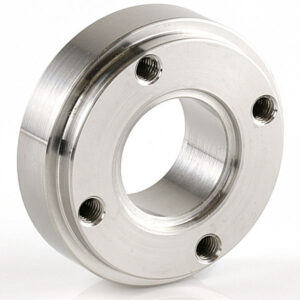
Electroless nickel plating, also known as enickel and NiP, offers many advantages: uniform layer thickness over most complicated surfaces, direct plating of ferrous metals (steel), superior wear and corrosion resistance compared to electroplated nickel or chrome. Much of the chrome plating done in aerospace industry can be replaced with electroless nickel plating, again environmental costs, costs of hexavalent chromium waste disposal and notorious tendency of uneven current distribution favor electroless nickel plating.